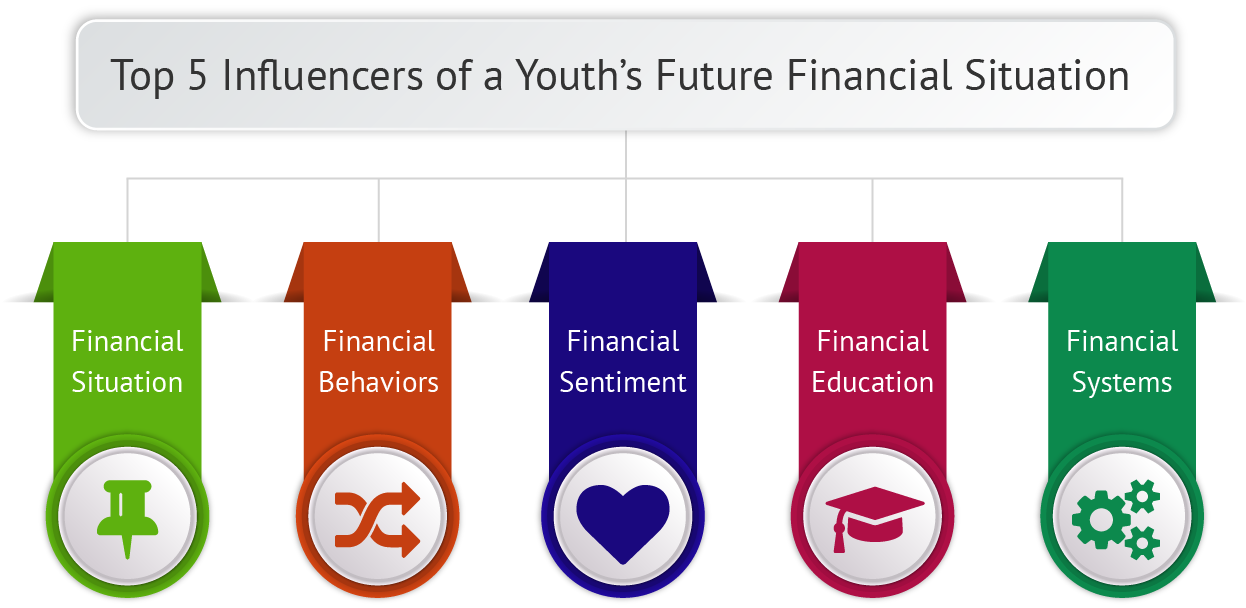Guidance to Tailor Financial Literacy for Youth
Building programs in financial literacy for youth requires sensitivity to the unique problems adolescents face related to money. If you have an interest in tailoring such a program for a youthful audience, this is the place to be. The information that follows provides guidance on how to choose the right topics in financial literacy programs for youth and adolescents to help kids navigate the financial real world.
Foremost Topics to Reach Teenagers and Young Adults
Any undertaking to teach financial literacy for youth should make an effort to meet them where they are. In other words, the programming should emphasize the topics that have most value to their life decisions. That way, kids stay engaged and are more likely to translate learning into action.
This sort of just-in-time preparation might constructively focus on what adolescents need to know in order to become functioning adults. For example, we should prepare young people to meet the challenges of living on their own. They’ll need to understand how to rent living quarters, manage their transportation needs, schedule and pay for utilities, purchase renter’s insurance, and handle credit.
The transportation component of living on one’s own may involve buying a car. Car-buying is a delicate process with many potential pitfalls. Youth financial literacy programs can maximize their benefit by helping kids clarify the hidden expenses of vehicle ownership, fit those line items into their budgets, bargain for the best car at the best price, complete loan applications, and select adequate insurance coverage for their vehicle and location.
Are these specific youth planning to attend university? If so, programs in financial education for youth could help them illuminate various funding options to pay for college. Before they take out costly student loans that will saddle them with debt for decades, the program could demonstrate other funding sources such as grants, scholarships, and part-time employment. Since it’s hard to find a personal finance course offered for college students, learning these lessons beforehand could prove highly valuable.

Getting to Know Your Audience Helps Increase Youth Financial Literacy
Before you start teaching youth financial literacy courses, it’s vital to understand your audience and the trials they’re either facing now, or are likely to encounter in the near future. For one thing, adolescents have been exposed to millions of advertisements over the course of their lifetimes. Just think of the messages those commercials have impressed on their young psyches. There are a host of psychological problems to which advertising may contribute – from moral decay, to lack of patience, to social apathy. When teens see images of their peers in ads and feel that those images represent a look or status they can never attain, their self-perception declines and they can fall into depression.
Self-efficacy in regard to money is another key concept for instructors to understand when conducting a financial literacy for youth curriculum program. Self-efficacy means the ability to deal with a given situation successfully. In the context of finances, that means having a positive attitude toward money management and the confidence to act upon one’s knowledge and capability.
Many teens today don’t think they have the capability to become financially independent before age 30, a survey found. An effort to increase youth financial literacy will achieve best results if it helps young people enter the world prepared to meet the challenges of life head-on. Practical instruction in setting up bank accounts – including savings, checking, and retirement – is a central piece of encouraging kids toward developing practicable money management systems. Getting these systems in place early lays the foundation for a positive financial outlook.


